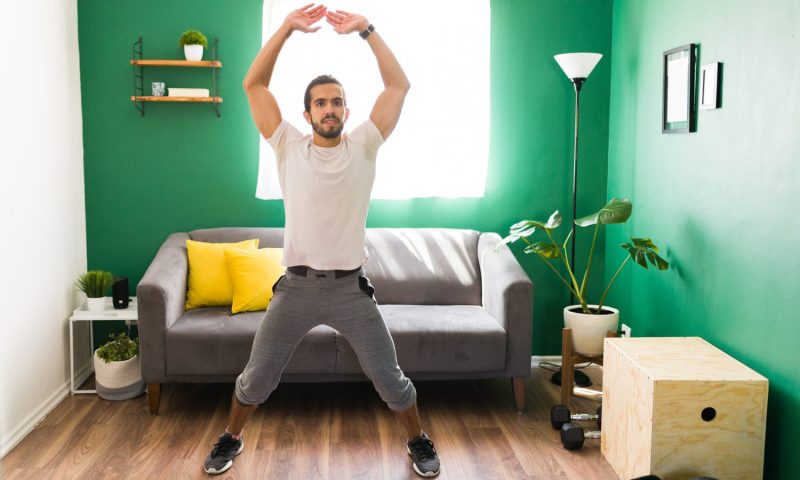As someone with an Autoimmune bone disease, I know how exercise and moving my body helps with pain, stiffness, and other symptoms. Depending on the day, I gravitate toward different types of exercise, from jogging to yoga and bodyweight moves. Mounting research highlights how being physically active can improve symptoms and lower the risk of a range of chronic conditions. I wasn’t surprised to see that studies reveal exercises like running, yoga, and stretching are beneficial for ankylosing spondylitis, which is my autoimmune condition that primarily affects the bones.
Parkinson’s disease is a movement disorder involving a decline in dopamine production in the brain. Dopamine is a neurotransmitter that plays a role in coordinating movement, and people with Parkinson’s have several related symptoms, including stiffness, tremors, and issues with balance. Growing research also unveils the benefits of physical activity for those with Parkinson’s disease, including improving daily symptoms. Let’s explore.
High-intensity aerobic exercise

Many types of exercise are advantageous, but an interesting pilot study showed that high-intensity aerobic exercise induced protective effects for the brain that could potentially slow down or even reverse neurodegeneration associated with Parkinson’s disease. This is promising and suggests that powering through cardio could be protective for brain health in individuals with Parkinson’s by creating changes at the brain level.
The small 10-person study showed that high-intensity aerobic exercise preserved dopamine-producing neurons, which are the most vulnerable to degeneration with this condition.
Types of aerobic exercise

Vigorous or high-intensity aerobic exercise refers to cardio and movement that gets your heart rate up, your blood pumping, and your muscles moving. You can try different types of aerobic exercise to keep it interesting, such as dancing, running, or high-intensity interval training.
Growing research

In an analysis published in the Journal of Neurology, Neurosurgery, and Psychiatry, researchers looked at previous studies on the benefits of exercise for people with Parkinson’s disease. They concluded that exercise is therapeutic and should be prescribed as an adjunct treatment for those with Parkinson’s. Staying active helps reduce motor symptoms related to movement and non-motor symptoms, such as depression.
Physical activity can also improve balance, coordination, and gait, which could lower the risk of falls. It’s important that people with Parkinson’s don’t start too quickly and overdo it. If you’re unsure if a type of aerobic exercise is suitable for you, it’s best to consult your healthcare provider.
Lowering inflammation

Overall, the studies remind us that getting our bodies moving is a good idea for a multitude of health conditions, including Parkinson’s disease and Ankylosing Spondylitis. In general, exercise also reduces inflammatory biomarkers, and inflammation has been associated with various conditions and symptoms.




